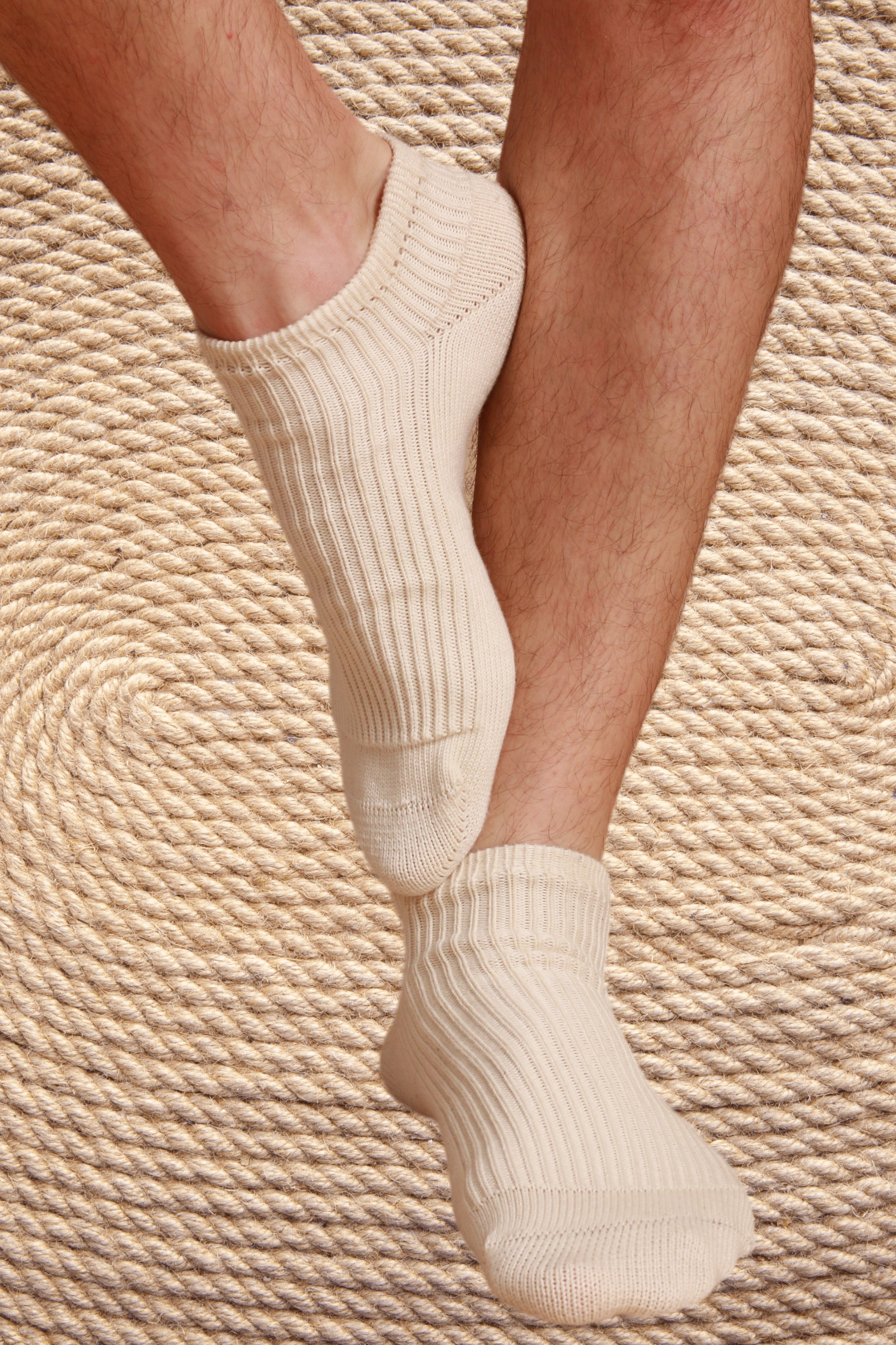With the prevalence of single-use items, from grocery bags, bottled waters, and household materials, our use of plastic seems to be unavoidable. But while we consider plastics as an inevitable part of our everyday consumption, we might be doing more than just using them.
As we utilize plastic-made items, its ubiquitous pieces, known as microplastics, fragment over time and settle almost everywhere—from the waters of Antarctica and household dust, to the guts of whales and even in the young tummies of infants.
When plastic degrades, it doesn't easily disappear. The microscopic pieces of plastic, along with broken pieces of synthetic fabric fibers, disintegrate into smaller pieces and persists for years. And since more researchers are spreading out to look for them, perhaps their presence is far greater than what we previously thought.
WHAT WE KNOW SO FARAccording to recent studies, researchers found out that microplastics can drift with the air currents, fall from the sky with the rain, or settle out of the air along with the frosty flakes.
In April last year, a team of researchers from France and Scotland revealed that they found microplastics in the Pyrenees.

Each square meter of remote land patches in the popular mountain range gathered around 365 pieces of microplastic a day. Since there are no densely populated areas nearby, researchers believed that they could be blown as far away as Barcelona.
Four months later, scientists then found microplastic in the snow of the Swiss Alps and the Arctic. The study stressed that high concentrations of microplastics detected in snow samples from continental Europe to the Arctic indicate significant air pollution.

(Photo from Associated Press)
Researchers from the Desert Research Institute Reno also found microplastic in the snow in the Sierra Nevadas of California in December 2019. In the same year, a collated review of 50 studies established that there are microplastics in freshwater, drinking water, or wastewater.

Following the release of researches related to microplastics, the World Health Organization published a report to look into the environment and potential health impacts of microplastics. However, its implications aren’t fully understood as of yet.
WHAT WE SHOULD DOAccording to Washington Post, humans have produced more than 8 billion tons of plastic since the 1950s. Even up to this day, less than 10 percent of it has only been recycled.

There is so much plastic around us and we pay little attention to their effects just for our convenience. And now that we're aware that they can easily contaminate our food, water, and the environment, maybe it is high time that we become accountable for our actions.
- Minimize consumption of plastics

- Avoid single-use plastics like straws and plastic cutleries
- Opt for reusable cloth bags when shopping
- Say no to plastic bottled waters
- Buy products in bulk
- Avoid products with microbeads

Recognized as tiny pieces of polyethylene plastic added to health and beauty products, microbeads pose a potential threat to aquatic life. These particles are less than 5mm small, they don’t degrade or dissolve in water, and end up in rivers, lakes, and oceans. Be sure to veer away from using them.
- Wear organic clothing

Microplastic pollution is a problem of growing environmental concern. As an eco-friendly brand, Cottonique urges everyone to take simple steps to reduce contribution and exposure to microplastic.
Even if you weren't able to check all the boxes on your ethical checklist, a small effort can still make a difference. Want to familiarize yourself with the merits of wearing organic cotton clothing? Read here.
DISCLAIMER: The information presented on Cottonique is not, and will never be, intended to be a substitute for professional medical advice, diagnosis, or treatment. All content materials found on this site, from text, treatments, outcomes, charts, graphics, photographs, and study findings, are created and published for general informational purposes only. It should not, in any way, be construed as a standard of care to be followed by a user of the website.
Thus, readers are encouraged to verify any information obtained from this website with other accurate references and review all information regarding any medical condition or treatment with their physician. As Cottonique strives to help those with allergies live with better days, the hypoallergenic apparel brand encourages everyone to always seek the advice of your physician or other qualified health providers with any questions you may have regarding a medical condition.









8 comments
JamesLom
Варочный котел с мешалкой
[url=http://molpromline.ru/katalog/varochniy-kotel/]Варочный котел с мешалкой[/url]
nyfrpkfwf
Годнота
_________________
[url=https://tr.topsmartbets.site/5998]sekabet canlı maç [/url]
Brantzhy
Coronavirus cases in Leicestershire rise by 15 according to latest Public Health England figures
Testing is still going on new home buyers UK (icon: Danny Lawson/PA wire)Sign up to FREE email alerts from LeicestershireLive DailySubscribeWhen you subscribe we will use the knowledge you provide to send you these newsletters. Sometimes they’ll include tips for other related newsletters or services we offer. OurPrivacy Noticeexplains more information on how we use your data, and your own rights. You can unsubscribe at any time.Thank you for subscribingWe have more newslettersShow meSee ourprivacy noticeThere have been 15 further cases of coronavirus recorded in Leicestershire over the past 24 hours, in order to figures released by Public Health England today (maybe 28).nationalized, currently there are 269,127 lab established patients and 37,837 people have passed away after testing positive for Covid 19.This brings a rise of 1,887 and 377 respectively over the same time frame period.with regard to Leicestershire, 2,158 individuals tested positive for coronavirus an increase of 15.Read Morehad to wear gloves to hold dad hand as he died ultimate, 878 are belonging to the Leicester City Council area and the other 1,280 are in the Leicestershire County council area.at present, Boris Johnson said from Monday teams of up to six people can meet in private gardens “Provided those from different households in order to stick to social distancing rules” By getting two metres apart.he was quoted saying people should "Try to avoid seeing too many households in quick succession so we can avoid the risk of quick transmission from many different families and continue to control the virus,He added at the Downing neighborhood briefing: "It remains the case that people must not be inside the homes of their friends and families, Unless it is to access the garden.Speak to police plea to community over double stabbing of teenage boys on Evington streetIn the News’We should not present the police with a wall of [url=https://www.bestbrides.net/cookie-jarring-a-dating-trend-to-watch-out-by-ukraine-ladies/]Ukraine ladies[/url] silence’CoronavirusPolice hunt for ‘naked James May’ spotted on bridge in BosworthLeicestershire PoliceThe Grand Tour host’s double was seen carrying a pink t shirt and black shorts.
Leave a comment
All comments are moderated before being published.
This site is protected by reCAPTCHA and the Google Privacy Policy and Terms of Service apply.